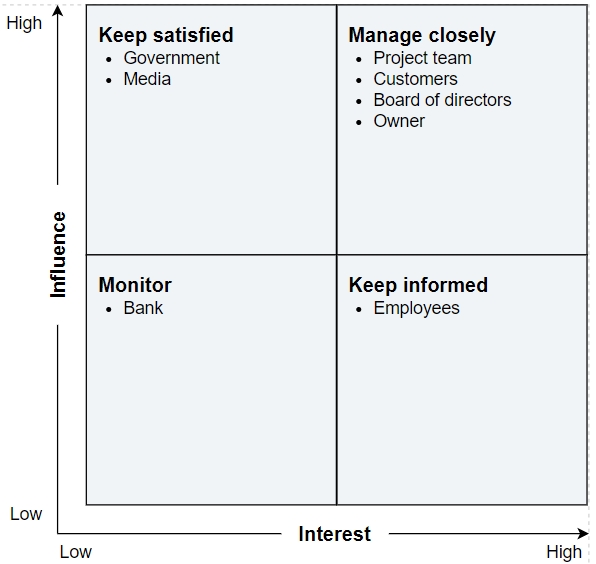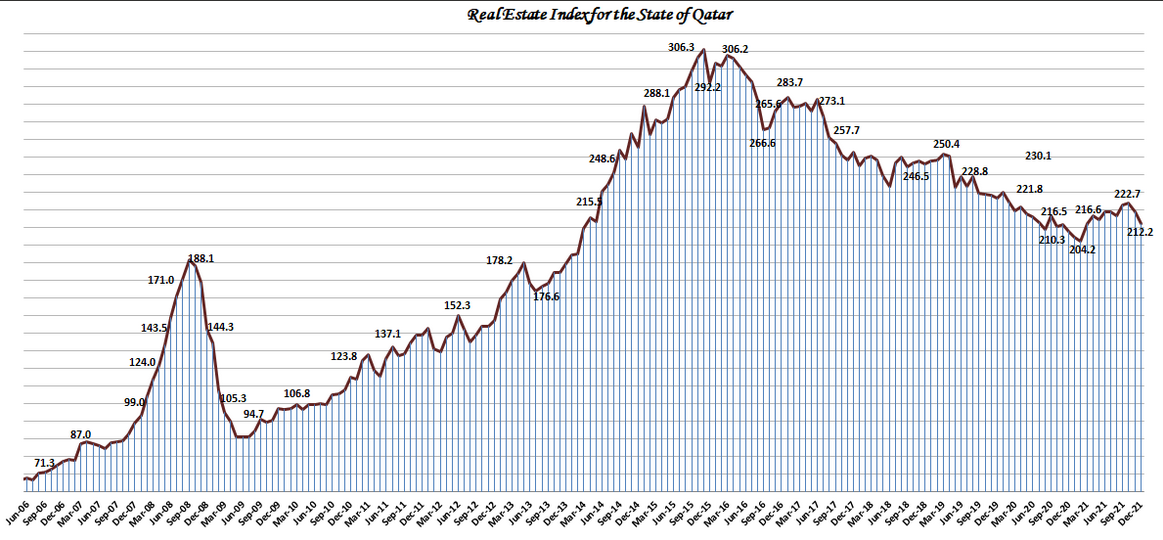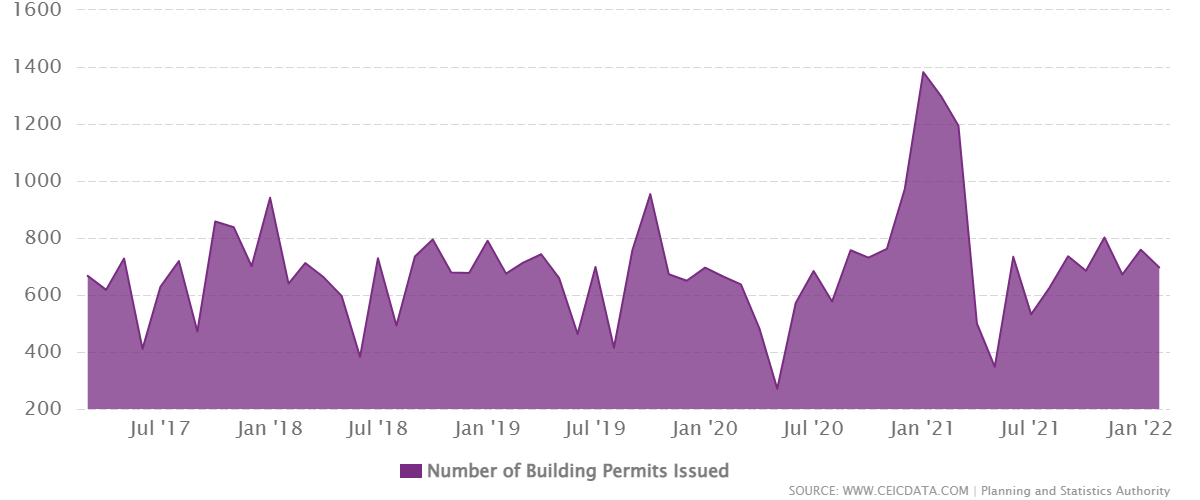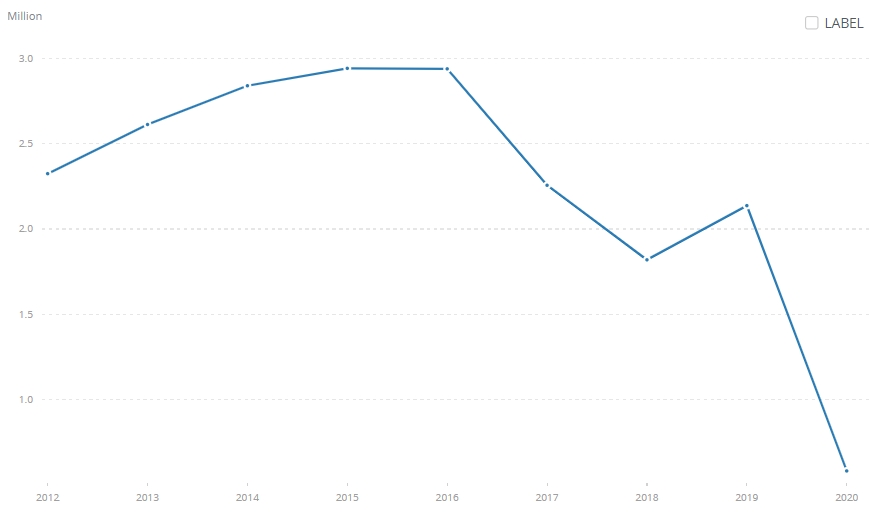Executive Summary
This report aims at analysing the external factors affecting the project implemented by MD Properties in 2020. The project aimed at providing training to anyone interested in improving their knowledge of the real estate business. First, the report focused on the analysis of stakeholders, which revealed eight central stakeholders, including the project team, the board of directors, the customers, the owner, the bank, the government of the state of Qatar, the employees, and the media. After that, an analysis of the industry was conducted using Porter’s Five Forces network. Additionally, environmental analysis was conducted using PEST analysis. Finally, the report discusses ethical and corporate social responsibility practices associated with the project. A total of four practices connected with environmental sustainability, charity, and equality were outlined.
Introduction
The purpose of this report was to evaluate the project implemented by MD Properties in 2021 to adapt to help operations during the COVID-19 pandemic. In particular, the report focuses on the analysis of the strategic environment in which the project was implemented. First, the paper evaluates the influence of internal and external stakeholders along with the strategies the project team used to manage these stakeholders. Second, the paper provides an in-depth external environment assessment using the PEST and Porter’s Five Forces analyses. Finally, the paper discusses whether the project delivered any benefits to the community in terms of Corporate Social Responsibility (CSR).
MD Properties is a full-service real estate firm that follows the classic European estate agency paradigm based in Qatar (MD Properties, 2022). The project analysed in this paper was a series of training sessions for real-estate workers of different levels. The project provided important human resources via in-depth training, product knowledge acquisition, and personal development programmes. The COVID-19 pandemic affected the real estate industry in Qatar significantly in terms of operations flow, legal issues, health and safety concerns, delays, and workforce management (Umar, 2022). Thus, the project aimed at helping the professionals in the real estate industry to adapt their workflow to address the difficulties associated with the pandemic. The key objectives of the project were to generate employment and foster the development of the property business, provide high-quality services, and promote financial flows and international cooperation. The project was implemented between April 2021 and July 2021.
Stakeholder Analysis
Stakeholder Identification
Stakeholder management is one of the key concerns in project management. A stakeholder is a person, a group of people, or an organisation that has an entrusted interest in the project outcomes (Jepsen and Eskerod, 2013). There are two general types of stakeholders, including internal stakeholders and external stakeholders. Internal stakeholders are directly related to the project through employment, investment, or ownership. External stakeholders do not directly affect the project; however, the power of these stakeholders is significant. Figure 1 below demonstrates a list of common internal and external stakeholders.

Stakeholder Matrix
Stakeholder matrix is one of the most frequently used frameworks for managing stakeholders (Nguyen, Mohamed and Panuwatwanich, 2018). According to the framework, all the stakeholders can be divided into four subgroups based on their level of interest and power (Ilinova, Cherepovitsyn and Evseeva, 2018). In other words, the matrix describes the stakeholders based on how much they are concerned with the success of the project and how easily they can influence the project (Meredith and Mantel, 2011). Figure 2 below provides stakeholder matrix for the project.

High Interest – High Influence
This group was the largest in the matrix, which demonstrates that stakeholder management was a time-consuming process. The group includes the project team, the customers, the board of directors, and the owner. The matrix states that stakeholders from this group need to be managed closely. This group includes all the key players in the project, and the withdrawal of any of these stakeholders may mean significant difficulties to the project’s life (Ilinova, Cherepovitsyn and Evseeva, 2018). Close management usually means on-demand communication, frequent reports and status updates, and an individualised approach (Jepsen and Eskerod, 2013). The project management team does not want these stakeholders to interfere directly in the project. Therefore, satisfaction and awareness of the project flow are crucial for the project’s success.
Low Interest – High Influence
This group included two crucial stakeholders that could have a significant effect on the project if they develop interest, which were the government and the media. The matrix suggests that stakeholders from this group are to be kept satisfied. Keeping these stakeholders satisfied meant that the project team needed to ensure that all the regulations, both legal and ethical, were followed and that the stakeholders were informed that these regulations are fulfilled (Brugha and Varvasovszky, 2000). In others words, these stakeholders needed to be informed about the flow of the project through proper channels. The communication needed to be open and clear so that the stakeholder could ensure that the information they received was honest.
High Interest – Low Influence
Only one stakeholder was identified for this group, which was the employees. In particular, the employees include all the people who provided services, such as training. Even though this group had significant interest in the success of the project, as their payment and reputation depended on it, it had insignificant power to control the flow of the project. The employees could only influence their part of the project by either fulfilling or not fulfilling their duties. This group needed to be informed to maintain its effectiveness. The issue with the employees is that their effectiveness is highly dependent on their sense of job security and payment security (Brugha and Varvasovszky, 2000). Thus, these stakeholders should be informed about the project’s status.
Low Interest – Low Influence
This group includes the bank as the only representative. The bank is not interested in the project unless it affects the company’s ability to fulfil its interest payments. At the same time, the bank has very little power over the project unless the company fails to fulfil its obligations, and the bank will need to step in to return the loans. Since there is a very low chance that the bank would develop interest or power over the project, it needed to be monitored to ensure that nothing changes in the bank’s attitude.
External Influence Analysis
Industry Structure
When analysing the external influences that may affect the company, it is crucial to determine the industry structure, as it has a direct effect on the company and the project. MD Properties operates in the real estate market of Qatar. It helps to buy, sell, and lend any type of property to individuals and organisations. Additionally, the company provides consultancy, valuation, and property management services (MD Properties, 2022). The market structure was analysed using Porter’s Five Forces analysis, which is one of the most frequently used techniques to evaluate the strengths and weaknesses of an industry (Perera, 2020). The framework assesses five central aspects which are provided below.
First, the bargaining power of suppliers is low as MD Properties does not depend upon a small group of key suppliers. The company, as well as the project, uses the resources available from numerous suppliers at different prices. Therefore, the power of suppliers is low and unlikely to increase in the nearest future.
Second, the bargaining power of customers is high as they can use the services of the competitors. Moreover, customers do not require a company to buy, sell, or lend property, which makes the services provided by MD Properties non-essential. Thus, the company is highly influenced by the power of customers.
Third, the threat of substitution is medium. The professional services provided by the company can be substituted by online services, such as websites with private advertisements about selling, buying, and lending properties. However, the professional services provided by the company can be substituted only partially, like training, consultancy, and appraisal require a high level of expertise. The same applies to the services provided by the project team.
Fourth, threat of new entrants is medium. The market structure of the real estate industry in Qatar is monopolistic competition. The market is controlled to some extent by several great property companies. However, new companies can still enter the market due to high demand. The entry barriers to small companies are insignificant, as any real estate professional can start a new business. However, providing the same presence of services requires significant initial investments and difficulties associated with complying with laws and regulations. Thus, the threat of new entrants is neither high nor low.
Fifth, the competitive rivalry is high as many property companies in Qatar are evolving today to meet the changing needs of the growing customer base (Zweiri and Qawasmi, 2021). Even though the market is controlled by several big players, there are numerous smaller players that affect the industry. The major competitors include Al Mana Real Estate, United Development Company, Qatari Diar Real Estate Company, Ezdan Holding Group, and Barwa Real Estate. The competitive rivalry between the key players in the industry is tight (Mordor Intelligence, 2021).
Environmental Analysis
The environmental analysis was conducted using the PEST framework, which assesses Political, Economic, Social, and Technological factors that affected the real estate industry in Qatar (Sammut-Bonnici and Galea, 2014). The analysis is provided below.
Political Factors
The political factors had a significant impact on the operations of the company. In particular, Qatar was affected by the blockade, which decreased the number of visitors to Qatar in 2017 (World Bank, 2022). Qatar continued to suffer from the consequences of the blockade in 2020, together with the consequences of the COVID-19 pandemic (Global Edge, 2022). Even though the political situation has been gradually improving since 2019, the impact of the conflict between Qatar and countries of GCC on the real estate industry in Qatar remained significant (Global Edge, 2022).
Another political factor that affected the company was hosting FIFA World Cup in 2022, which facilitated the growth of the real estate market in Qatar. According to Mordor Intelligence (2021), the real estate market in Qatar was expected to grow between 2022 and 2027 with an annual growth rate of 11.5% even though the negative impact of the pandemic was drastic. The central reason for the quick rebound of the industry was the increased interest to the property in the country due to hosting of World Cup (Mordor Intelligence, 2021).
Economic Factors
The analysis of economic environment included the assessment of microeconomic and macroeconomic factors. The leading macroeconomic factors included real estate price index, building permits, customer confidence, and the industry growth. The real estate price index was gradually falling during the past seven years, which is demonstrated in Figure 3 below.

Building permits provide insight into future levels of real estate supply. If more houses are produced than buyers are willing to buy, the builder’s profit line suffers. The number of building permits was relatively stable with a significant decline at the start of the pandemic (see Figure 4 below).

An increasing index of customers shows that clients’ confidence level grows. Thus, the company’s revenue will grow as well, since increasing customer confidence level promotes more clients (Global Edge, 2022). Finally, the projected industry growth is expected to affect MD Properties positively, as the demand for the services grows rapidly.
The crucial lagging factors included GDP and average income. Qatar has a strong developing economy, and its GDP for 2020 was $146,4 billion (IBP, 2022). Thus, it has a favourable financial climate for developing business. It is influenced by the demand for residences and office space for new occupants and company owners. The average salary in Qatar for 2020 is QR20,326 (Statista, 2022). This indicator is essential for the project since it will define the price policy. In other words, the more average income is, the higher prices could be.
The microeconomic factors included suppliers and distribution channels, employees, investors, competitiveness, media and community, customers, and elasticity. First, the suppliers and distribution channels are an essential part of the business chain as it is responsible for meeting all the logistic business needs. In the case of the chosen project, suppliers and distribution channels promote the organisation’s ability to advertise its services and provide oneself with the necessary equipment. Second, the employees form a basement for a normal company’s performance. Workers are responsible for every part of an organisation’s activity; hence, it is vital to motivate and award them. Third, the investors are essential to have financial support at the beginning stages of business establishment, especially in the property area. Investors and shareholders may provide an initial budget or existing support in case of crisis. Fourth, competitiveness forms the strategic aspects of a company’s performance, as it is necessary to respond to market changes. This affects the project since it is easy to attract people with more profitable services. Fifth, one needs to identify the ideal community for business since it forms the potential customers’ quantity. One needs to comply with the rules of a certain community in order to run it successfully. Sixth, the customers have the most direct microeconomic effect on the company, as they form the profit and budget. It is vital to identify one’s ideal targeted customer to improve one’s product depending on the client’s needs. Lastly, since properties are the most important purchase, it has a higher elasticity of demand. Thus, the elasticity of housing increases significantly as the price range rises.
Social Factors
There are several social factors that influence the real estate market in Qatar. First, the demographics of Qatar is one of the central drivers of the real estate industry. The majority of its population is relatively young with a median age of 33.7 (Global Edge, 2022). The majority of Qatar’s population is working, which helps them to buy property. Moreover, the population of Qatar is growing fast, which implies that the demand for property is also growing.
It should also be mentioned that the number of tourists was declining during the pandemic, which negatively affected the company (see Figure 5 below). However, the number of international tourists was expected to increase after the influence of the pandemic decreases.

Technological Factors
Rapid development of the technology had both positive and negative impact on MD Properties. On the one hand, modern means of communication, such as social media and websites allowed the customer to reach MD Properties easier (Ullah, Sepasgozar and Wang, 2018). At the same time, however, the technology allowed the customer to reach the competitors as well. Therefore, the effect of technology on the company is mixed.
Ethics and Corporate Social Responsibility
The purpose of the project was not only to improve the financial position of the company. MD Properties was also able to create benefits for the community through commitment to corporate social responsibility (CSR). According to Moon (2014), one CSR is a collection of practices a company uses to serve the society and the world in general. CSR are beneficial for both companies and communities. CSR benefits society by bringing a better environment, the principles of equality, and social justice (Idowu, 2021). At the same time, CSR benefits the company by improving its corporate image, which attracts new customers.
The primary purpose of the project by MD properties was to serve the community. First, the project provided education and training in the real estate business, which allowed the members of the community receive vital skills for improving their financial positions and increase the wealth of the community. It should be noticed that some courses provided during the project were free of charge for anyone willing to acquire the skills of a real estate agent. It is a great example of how CSR could benefit both the society and the company. On the one hand, the members of society could receive very rare skills and knowledge from representatives of MD Properties. At the same time, such free courses served as a part of the marketing campaign, which attracted more customers.
Second, the project promoted the idea of equality. The project allowed anyone to join the courses regardless of their gender, nationality, or religion. Moreover, the courses promoted the idea of equality during the training sessions, as Qatar became a centre of international trade, which implies that real estate companies worked with culturally diverse customers and employees. The training sessions demonstrated how diversity can be beneficial for businesses. MD Properties sought to achieve two central aims by seeking equality. First, the company sought to improve its reputation as an employer in front of the public and employees. Second, the company demonstrated that it followed all the laws associated with protection against discrimination.
Third, the company donated part of their income from the project to charity. This served the community by helping to take care of the disadvantaged members of society. According to Moon (2014), charity is one of the most common CSR practices that allows companies to demonstrate their care for the community. By engaging in charity, MD properties aimed at achieving multiple benefits. First, participation in the charity program boosted the employees’ morale. The employees understood that even in the hardest time of the pandemic, their employer acknowledged that there are people in a greater need and helped them. Second, participation in charity was a good marketing move, as it demonstrated that MD Properties was a responsible organisation that supported the community. Third, charity was beneficial for the community, as people in need received significant support from MD properties. A significant part of the profits were given to the local charity organisations to support the immediate community. Finally, charity allowed a significant tax deduction, which helps to keep the
Finally, the project promoted the ideas of environmental sustainability. MD Properties implemented a separate collection of waste for future recycling. Additionally, the MD properties included the importance of environmental sustainability in the training sessions as a crucial practice in the real estate industry. Thus, it may be concluded that MD properties used the project effectively to demonstrate its CSR.
Ethical behaviour has also become essential for businesses around the world. When speaking of ethicality, it is usually meant the morality of business practices (Nielsen and Thomsen, 2018). Corporation promote business ethics to ensure the trust of the key stakeholders and integrity among employees (Ferell et al., 2019). There are three central reasons ethicality is crucial in the modern business to stay competitive. First, rapid development of technology causes increased publicity of all affairs within the company. Thus, if the company indulges in unethical practices, there is a high probability that such practices will be disclosed to the general public, which will affect the company’s reputation (Ferell et al., 2019). Second, ethical standards directly affect the employee behaviour. The stronger the ethics culture within a company the more likely are the employees to follow the standard and perform their duties with moral responsibility before the employer and the stakeholders (Nielsen and Thomsen, 2018). Finally, ethical practices positively affect the profitability of the company (Nielsen and Thomsen, 2018). MD Properties understood the crucial influence of the ethical practices and acted accordingly.
During the project, MD Properties ensured that all the activities were aligned with the company’s ethics code. The company’s ethics code was based on five basic principles, including integrity, teamwork, confidentiality, objectivity, and growth. Integrity implied that the company maintained the spirit of honesty and open communication during the implementation of the project. The principle of teamwork included the idea that the success could be achieved only by working together. Objectivity implied that the project team members made the decisions based not on likes and dislikes, but on objective reasons. The rule of confidentiality was associated with preserving all the information, business-related and personal, inside the team without letting the uninvolved stakeholders know any irrelevant sensitive information. Finally, MD Properties promoted the principle of professional growth.
Conclusion
This case study demonstrated how the external factors can affect the project. This paper demonstrated that project managers need to be aware of the influence of different stakeholders. Additionally, the analysis demonstrated how all projects are deeply rooted in political, economic, social, and technological factors. In particular, the case study showed that both macroeconomic and microeconomic factors affect projects. However, despite all the problems associated with managing the stakeholders and addressing possible risks associated with the negative influence of external factors, it is crucial to remain loyal to CSR practices to remain accountable. The project conducted by MD properties was an excellent example of the implementation of CSR principles.
References
Brugha, R. and Varvasovszky, Z. (2000) Stakeholder analysis: a review. Health policy and planning [online], v.15 (3), pp.239-246.
CEIC Data (2022) Qatar Number of Building Permits Issued [online]. Web.
Ferrell, O. C. et al. (2019) Business ethics, corporate social responsibility, and brand attitudes: An exploratory study. Journal of Business Research, v. 95, pp. 491-501.
Global Edge (2022) Qatar. Web.
IBP (2022) Qatar: Doing Business, Investing in Qatar Guide. VA: International Business Publications, Inc.
Idowu, S. (2021) Current Global Practices of Corporate Social Responsibility: In the Era of Sustainable Development Goals. Switzerland: Springer International Publishing.
Ilinova, A., Cherepovitsyn, A. and Evseeva, O. (2018) Stakeholder management: An approach in CCS projects. Resources [online], v.7 (4), article 83.
Jepsen, A.L. and Eskerod, P. (2013) Project Stakeholder Management. United Kingdom: Gower.
MD Properties (2022) Our Firm. Web.
Moon, J. (2014) Corporate Social Responsibility: A Very Short Introduction. United Kingdom: Oxford University Press.
Mordor Intelligence (2021) Qatar residential real estate market – Growth, trends, covid-19 impact, and forecast (2022-2027) [online]. Web.
Nielsen, A. E. and Thomsen, C. (2018) Reviewing corporate social responsibility communication: a legitimacy perspective. Corporate Communications: An International Journal, v.23 (4), pp. 492-511.
Nguyen, T.S., Mohamed, S. and Panuwatwanich, K. (2018) Stakeholder Management in Complex Project: Review of Contemporary Literature. Journal of Engineering, Project & Production Management [online], v.8 (2), pp.75-89.
Qatar Central Bank (2022) Real Estate Price Index [online]. Web.
Perera, R. (2020) Understanding Porter’s Five Forces Analysis. Sri Lanka: Nerdynaut.
Sammut-Bonnici, T. and Galea, D. (2014) PEST analysis [online]. Web.
Statista (2022) Employment rate in Qatar by nationality 2009-2019 [online]. Web.
Ullah, F., Sepasgozar, S.M. and Wang, C. (2018) A systematic review of smart real estate technology: Drivers of, and barriers to, the use of digital disruptive technologies and online platforms. Sustainability [online], v.10 (9), p.3142.
Umar, T. (2022) The impact of COVID-19 on the GCC construction industry. International Journal of Service Science, Management, Engineering, and Technology (IJSSMET) [online], v.13 (2), pp.1-17.
World Bank (2022) International tourists number arrivals [online]. Web.
Zweiri, M. and Qawasmi F. (2021) Contemporary Qatar: Examining State and Society. Germany: Springer Nature.